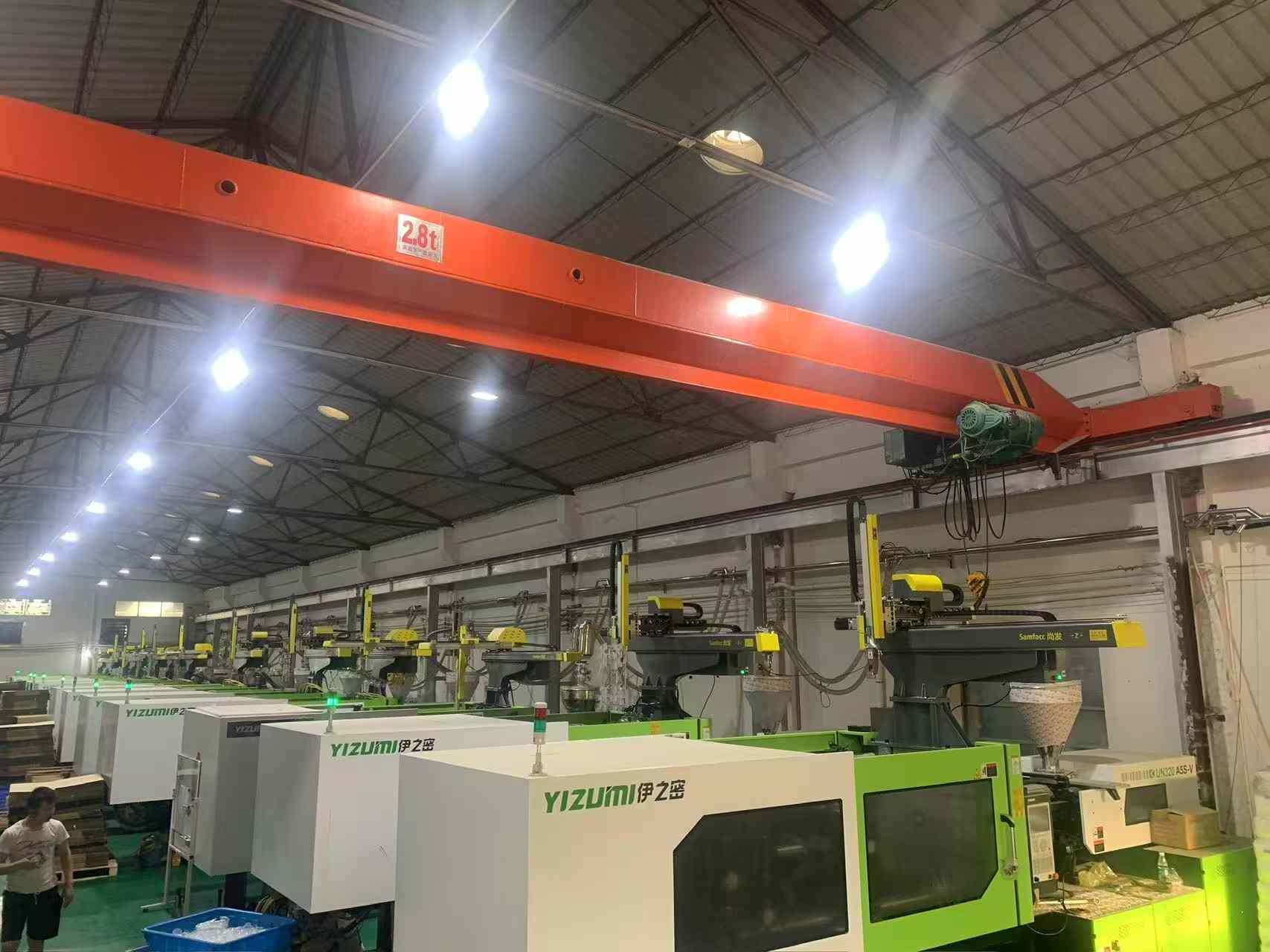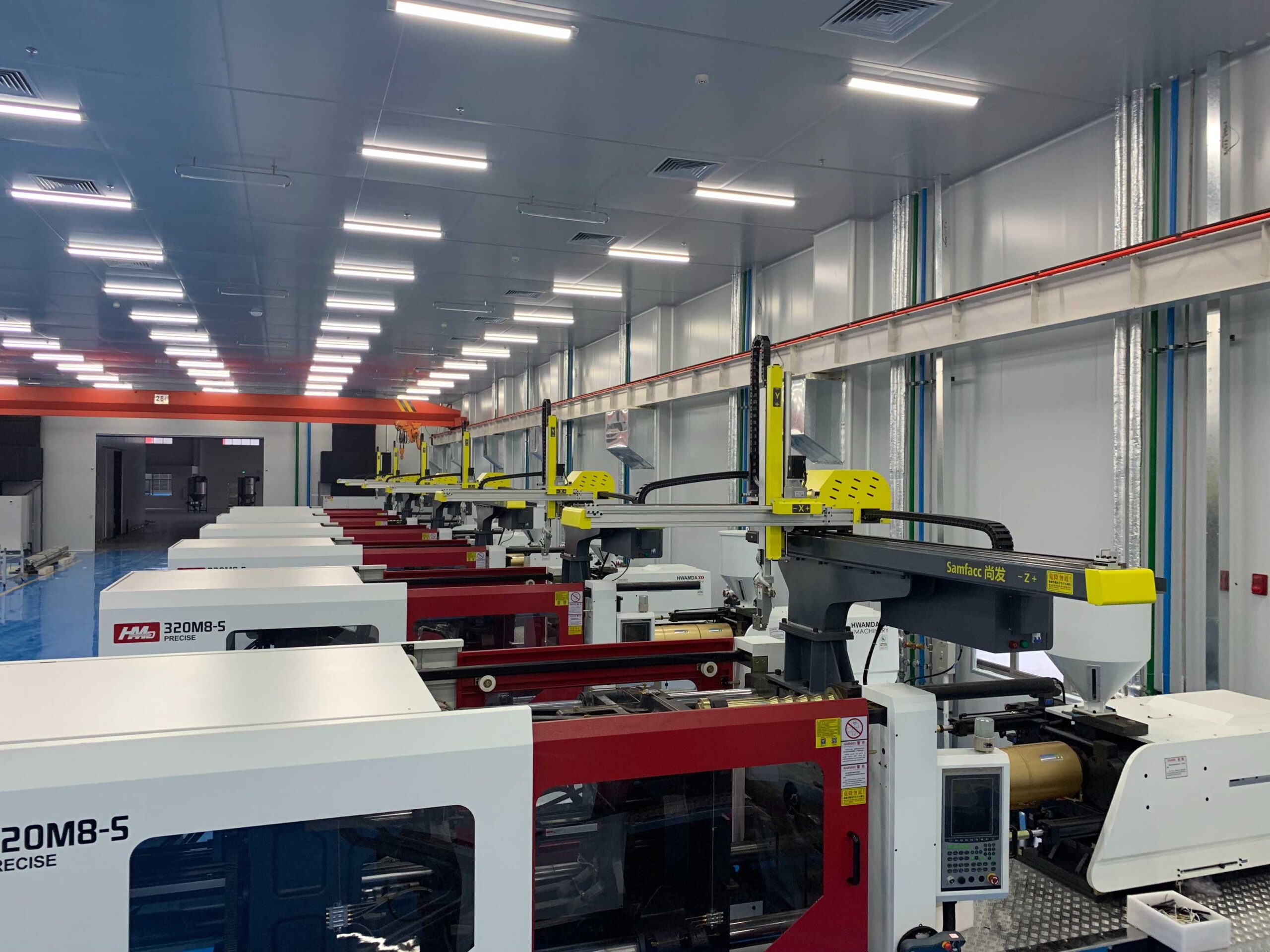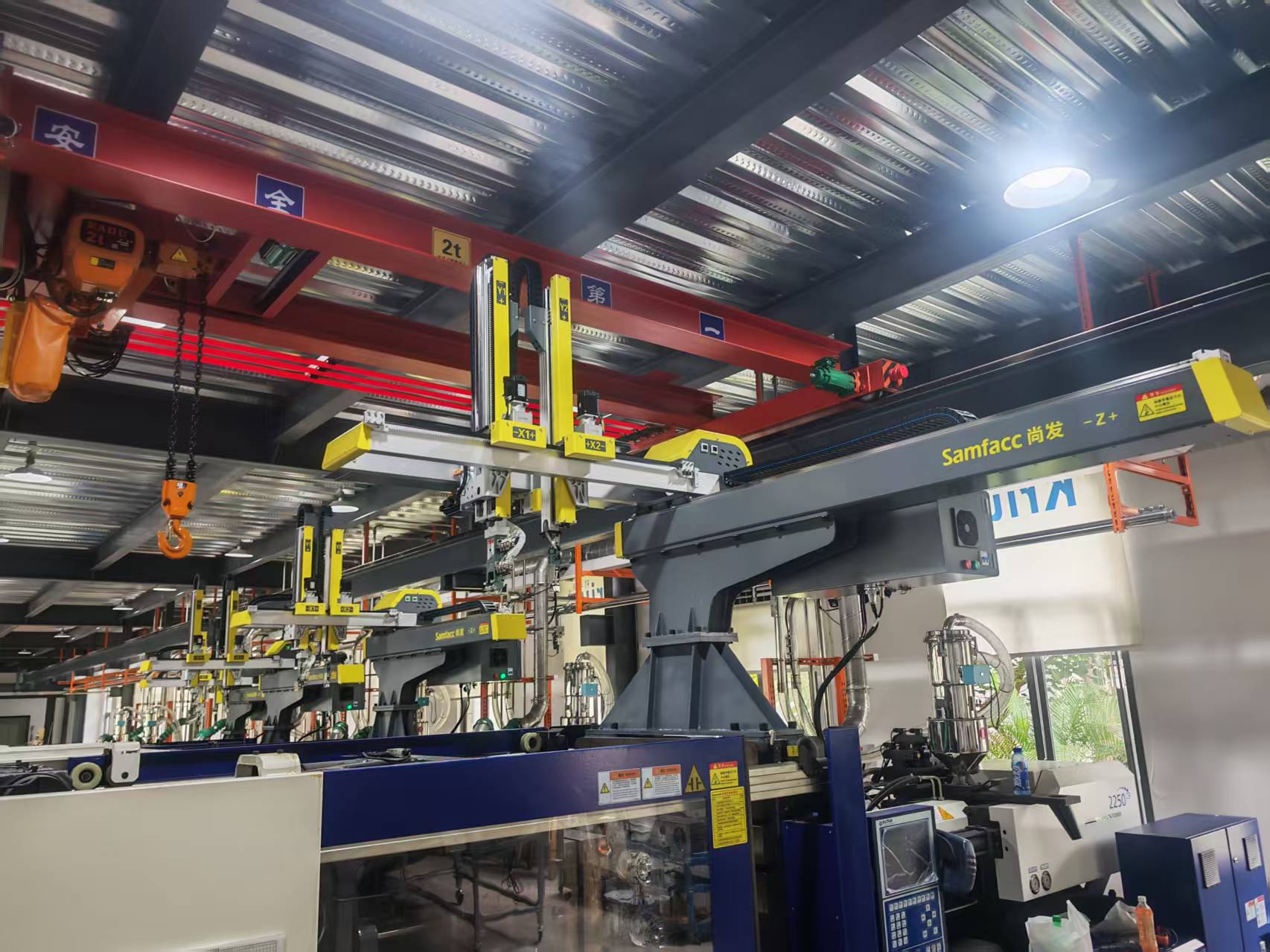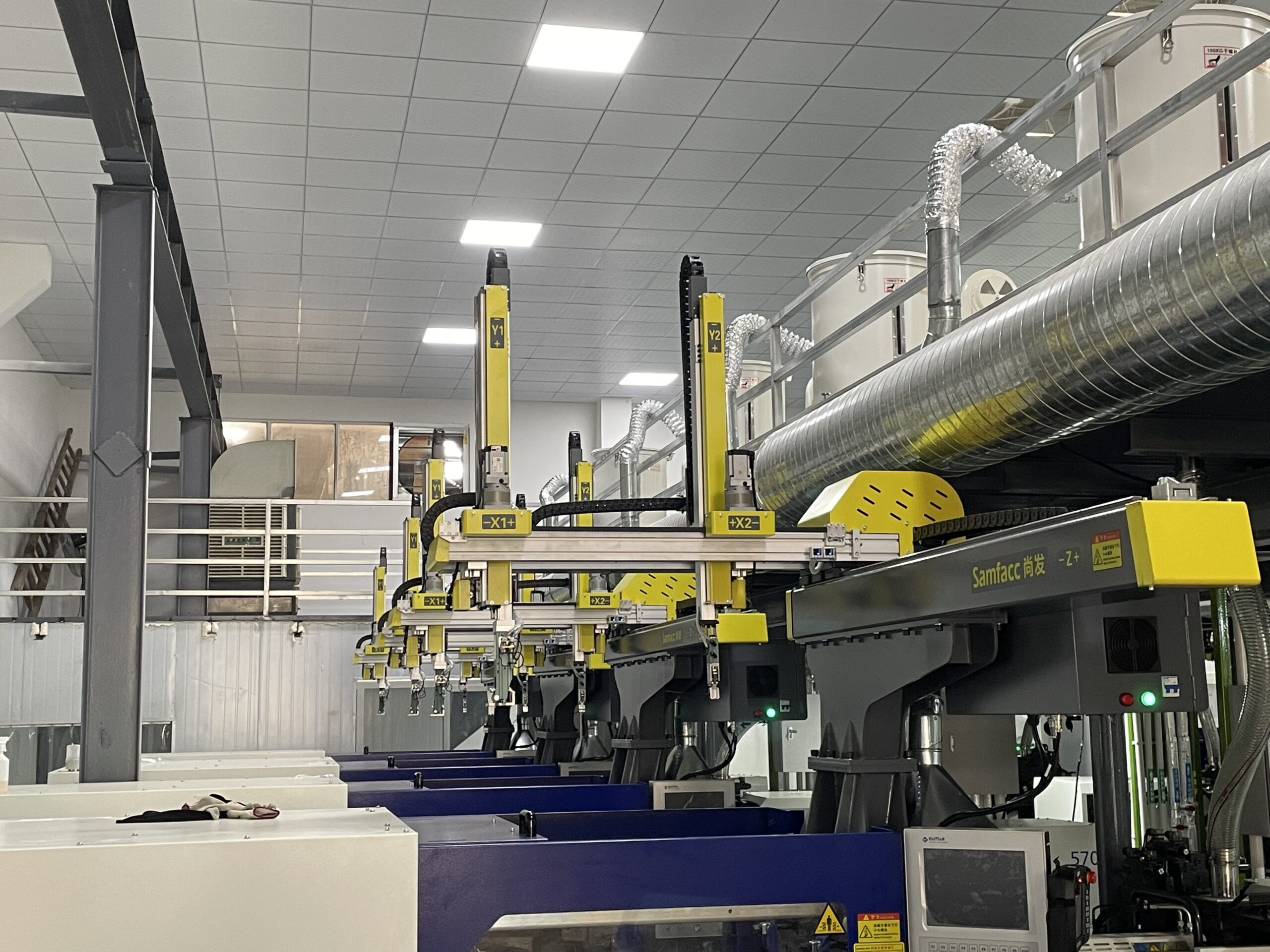The injection molding energy consumption is a complicated problem, involving many aspects and factors.In general, the electrical energy consumption of injection molding machines is in the range of 6.5-10 kW/h. If the injection molding machine continues to work for 24 hours, its power consumption will reach 156-240 KWH. However, in practical applications, the power consumption of injection molding machines will also be affected by many factors such as processed products and the use of motors.
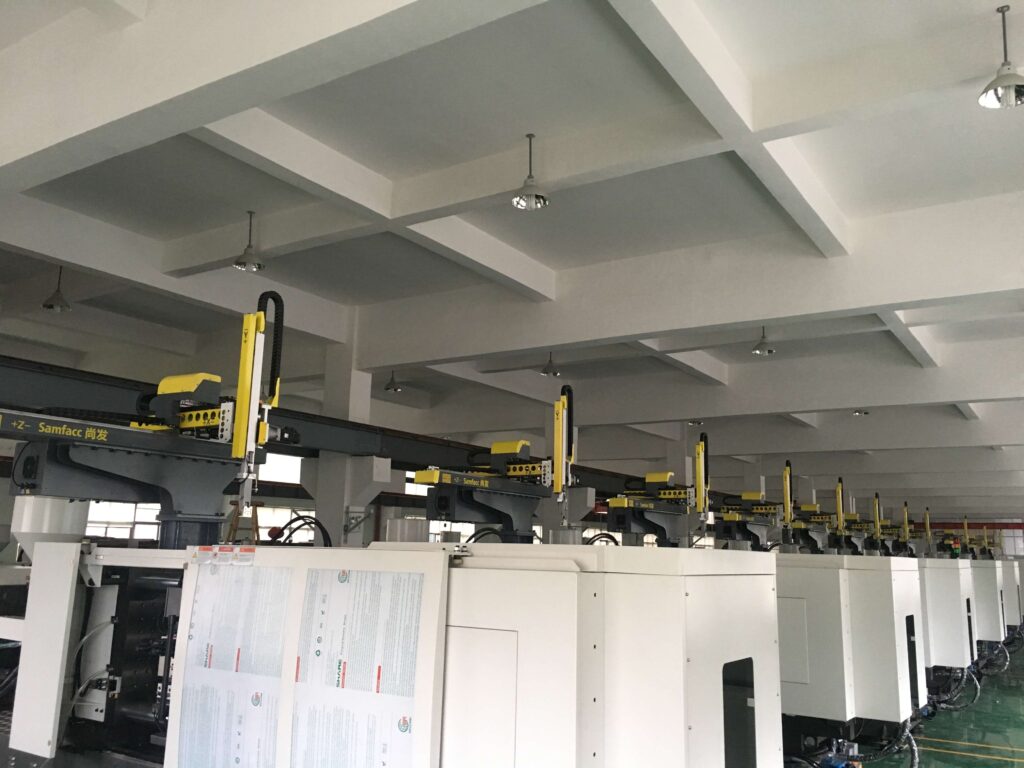
The following are the factors affecting the injection molding energy consumption:
1. Equipment model and working status: Different models and states of injection molding machines have different energy consumption characteristics.
2. Heating system: the cylinder needs to be heated to melt the plastic raw materials during the injection molding process, and the cylinder with low heating efficiency or poor insulation will consume more energy.
3. Power system: The motor power of the injection molding machine directly affects energy consumption. Large motors consume more energy during operation, and if the load rate is low, it will cause energy waste.
4. Molding cycle: A longer molding cycle means more energy consumption. Injection, pressure holding, cooling, and mold opening and closing time are too long, which will increase the total energy consumption.
5. Setting of clamping force: too high a clamping force will increase the load of the machine and consume more energy.
6. Hydraulic system efficiency: leakage of hydraulic oil, efficiency of oil pump, etc., will affect energy consumption.
7. The use of robots: The application of robots in injection molding machines can greatly improve production efficiency, but also help reduce energy consumption. For example, the robot can automatically take parts, place raw materials, etc., reducing the waiting time of manual operation, and thereby shortening the molding cycle. In addition, the precise operation of the manipulator can reduce the waste of energy caused by improper human operation.
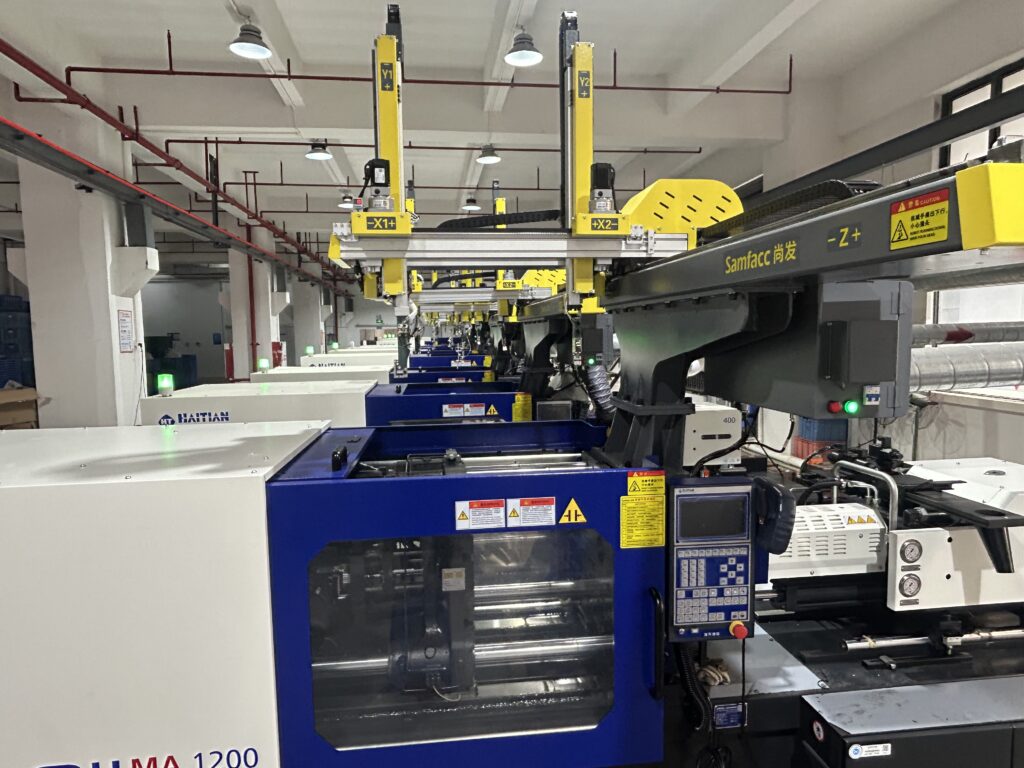
How can injection molding robots save energy consumption for injection molding machines?
Through a series of efficient operation and optimization measures, the injection molding robot can significantly save energy for the injection molding machine. Here are some specific ways to do it:
- Servo energy consumption saving system
The traditional injection molding machine usually uses the hydraulic system of the quantitative pump, which still needs the motor to discharge oil to the oil circuit continuously during the pressure holding and cooling stage, resulting in a waste of electric energy. In order to reduce ineffective power consumption, the SAMFACC robot can be used with servo energy-saving systems, The systems enable precise control based on the load conditions of the injection molding process, thereby effectively reducing energy waste.
2. Optimization of process parameters
When SAMFACC ROBOT works with the injection molding machine, by optimizing the process parameters of the injection molding machine, such as temperature, pressure, speed, and molding cycle, it can improve production efficiency and reduce the scrap rate, thus saving energy. For example, reducing injection, pressure holding, cooling, and mold opening and closing time can effectively reduce injection molding energy consumption.
3. Energy-saving motors and inverters are adopted
The servo motor can make high and low-speed changes in a very short time, and is closed-loop control, so it can make precise control of the flow required for each action, reducing the loss caused by overflow. The inverter can adjust the motor speed according to the actual load, further reducing energy consumption.
4. Reduce standby time and idle work
SAMFACVC ROBOT can reduce the standby time and idle work of the injection molding machine by optimizing the production process. For example, while the injection molding machine is waiting for the material or mold to be replaced, the robot can perform other tasks, such as cleaning the mold, sorting out the product, and so on. This can not only make full use of the performance of the robot but also reduce the idle time of the injection molding machine and improve the overall production efficiency.
5. Promote green production concepts
Integrating the concept of green production into the use and management of injection molding robots and injection molding machines is the key to reducing energy consumption and improving production efficiency in the long term. Enterprises should encourage employees to participate in green production, through training and publicity, and improve employees’ awareness of the importance of injection molding energy conservation and consumption reduction.
For example, employees can be organized to participate in green production-related training and lectures to learn about the latest energy-saving technologies and methods. At the same time, an incentive mechanism for energy saving and consumption reduction can be set up to encourage employees to actively practice green production concepts in their daily work, such as reasonable adjustment of production parameters and timely closure of unnecessary equipment.
6. Strengthen equipment maintenance and management
Regular maintenance and management of the injection molding machine and injection molding manipulator, timely replacement of aging parts and equipment, can maintain the good running state of the machine, and reduce energy consumption. At the same time, keeping the transmission parts of the equipment well lubricated can also reduce the increase in injection molding energy consumption caused by increased friction or unstable operation of the equipment.
To sum up, the injection robot can significantly save energy for the injection molding machine. SAMFACC ROBOT is devoted to improving production efficiency and reducing production costs by adopting a servo energy-saving system, optimizing process parameters, promoting green production concepts, and strengthening equipment maintenance and management.


